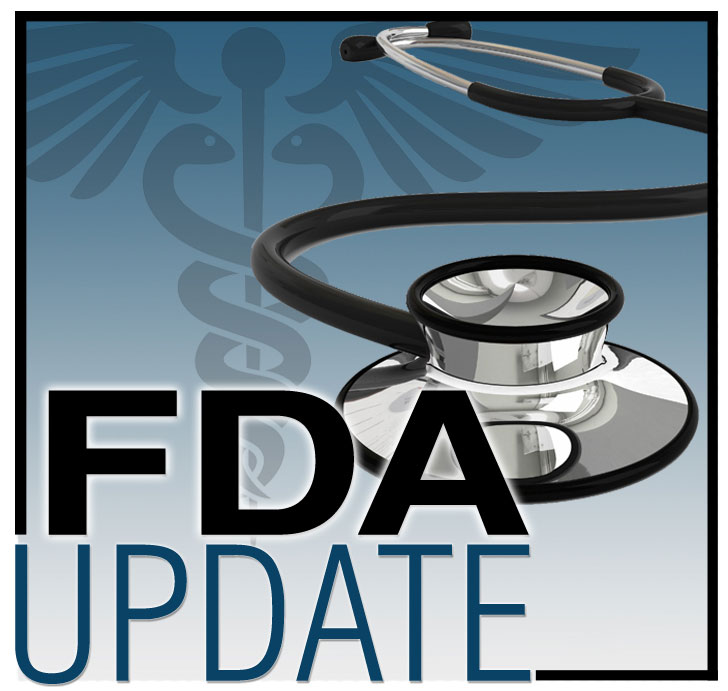On January 19, 2023, the U.S. Food and Drug Administration (FDA) approved zanubrutinib (Brukinsa®) for the treatment of adult patients with chronic lymphocytic leukemia (CLL) or small lymphocytic lymphoma (SLL).

Efficacy in patients with treatment-naïve CLL or SLL was evaluated in SEQUOIA (NCT03336333). A total of 479 patients, including those without 17p deletion, were randomized 1:1 to receive either zanubrutinib until they experienced disease progression or unacceptable toxicity or bendamustine plus rituximab (BR) for six cycles. The main efficacy outcome measure was progression-free survival (PFS) as determined by an independent review committee (IRC). The median PFS was not reached (95% CI = NE, NE) in the zanubrutinib arm and was 33.7 months (95% CI = 28.1, NE) in the BR arm (HR = 0.42, 95% CI = 0.28, 0.63; p = < 0.0001). Estimated median follow-up for PFS was 25.0 months. In a separate, non-randomized SEQUOIA cohort zanubrutinib was evaluated in 110 patients with previously untreated CLL or SLL with 17p deletion. Overall response rate (ORR) per IRC was 88% (95% CI = 81, 94). The median duration of response (DOR) was not reached after a median follow-up of 25.1 months.
Efficacy in patients with relapsed or refractory CLL or SLL was evaluated in ALPINE (NCT03734016). A total of 652 patients who had received a median of one prior line of therapy (range = 1–8) were randomized 1:1 to receive either zanubrutinib or ibrutinib. The main efficacy outcome measures at the time of response analysis were ORR and DOR as determined by an IRC. The ORR was 80% (95% CI = 76, 85) in the zanubrutinib arm and 73% (95% CI = 68, 78) in the ibrutinib arm (response rate ratio = 1.10, 95% CI = 1.01, 1.20; p = 0.0264). The median DOR was not reached in either arm after a median follow-up of 14.1 months.
Across all of zanubrutinib’s clinical trials, the most common adverse reactions reported in at least 30% of patients were decreased neutrophil count (42%), upper respiratory tract infection (39%), decreased platelet count (34%), hemorrhage (30%), and musculoskeletal pain (30%). Second primary malignancies, including non-skin carcinomas, developed in 13% of patients treated with zanubrutinib. Atrial fibrillation or flutter was reported in 3.7% and grade 3 or higher ventricular arrhythmias in 0.2% of patients treated with zanubrutinib.
The recommended zanubrutinib dosage is 160 mg taken orally twice daily or 320 mg taken orally once daily until patients experience disease progression or unacceptable toxicity.
View the full prescribing information for zanubrutinib.
The review used the Assessment Aid, a voluntary submission from the applicant to facilitate the FDA’s assessment.
The application was granted orphan drug designation.
Healthcare professionals should report all serious adverse events they suspect are associated with the use of any medicine and device to FDA’s MedWatch Reporting System or by calling 800-FDA-1088.
For assistance with single-patient INDs for investigational oncology products, healthcare professionals may contact OCE’s Project Facilitate at 240-402-0004 or email OncProjectFacilitate@fda.hhs.gov.





